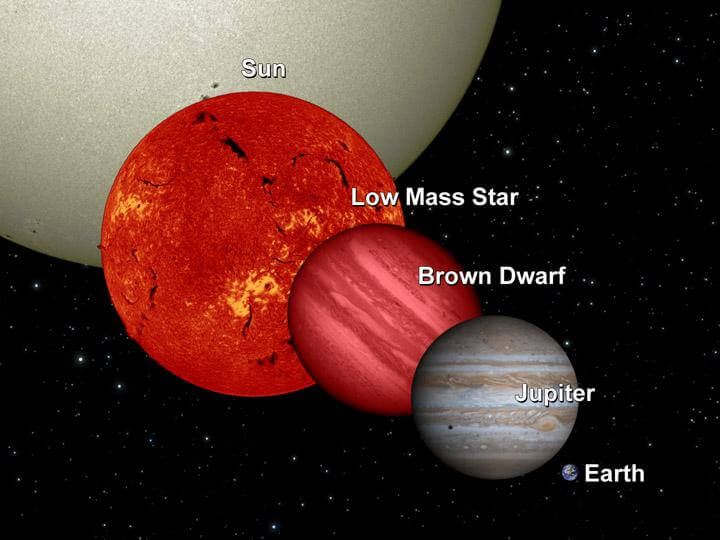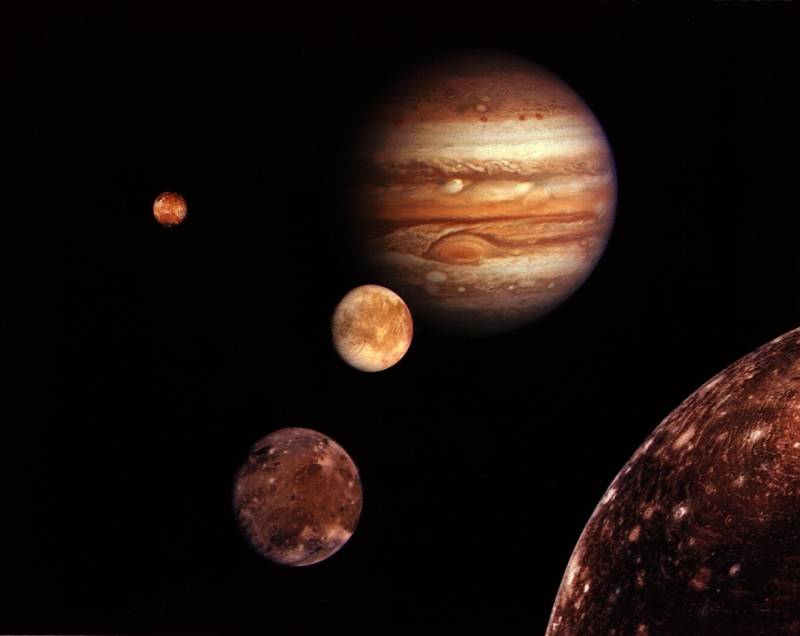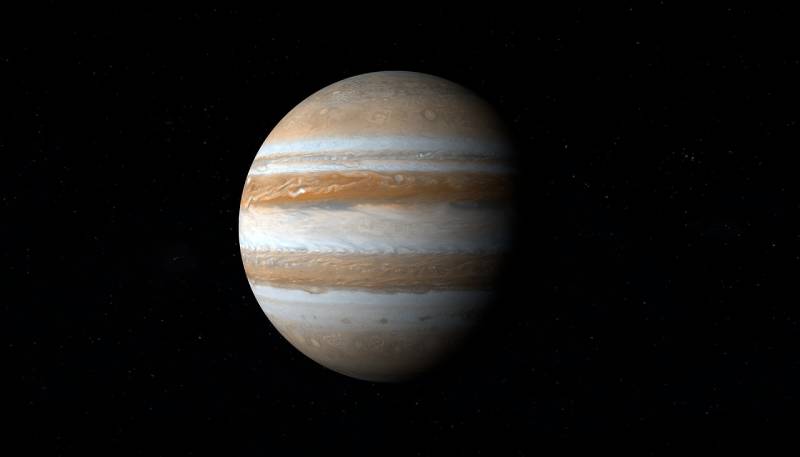Jupiter, named after a Roman god who oversees all aspects of life, is the largest planet orbiting our star. The NASA “Juno” spacecraft currently monitors the gas giant, being only the second to study the planet after the Galileo spacecraft, which surveyed Jupiter between 1995 and 2003.
Galileo Galilei was the first to observe Jupiter through a telescope, conducting his observations between 1609 and 1610. Galileo is also credited for discovering Jupiter’s moons, Callisto, Io, Europa, and the largest moon, Ganymede, and the largest moon in the Solar System.
Jupiter is the largest planet in the Solar System, but is Jupiter bigger than the Sun? Jupiter consists of helium and hydrogen, which is why it’s called a “gas giant.” The surface of the fifth planet from the Sun features massive storms, with the biggest known as the “eye of Jupiter.”
Since it’s a gas giant, Jupiter doesn’t have a true solid surface, per se, but scientists aren’t sure about that claim. Humans won’t visit Jupiter anytime soon, but it remains a keen interest for many astronomers and scientists worldwide.
To get to the point, no. Jupiter is not bigger than the Sun. While it’s the largest planet in our Solar System, it pales in comparison to the size of our star. For many decades, astronomers believed Saturn had the most moons of any planet at 83 confirmed. However, scientists recently discovered Jupiter has more, with 92 moons confirmed by astronomers.
How Much Bigger Is The Sun Than Jupiter?
Jupiter is massive compared to the Earth and all other planets in the solar system. The gas giant has a diameter of approximately 142.984 km (88.846 miles) at its equator and a polar diameter of around 133.708 km (83.082 miles) at the poles. Jupiter is the largest planet in the solar system and is approximately 11 times the size of Earth.
Saturn is the second largest planet in the Solar System, with an approximate radius of 36,184 miles, and Uranus and Neptune measure at the third and fourth largest, respectively. However, they have much smaller radii than Jupiter, measuring 15,759 and 15,299 miles, respectively.
In comparison, the Sun has a radius of approximately 432,690-mile radius, which is 109 times wider than Earth’s radius. While these figures are mind-blowing and clearly position Jupiter as the largest planet by far, it’s nowhere close to the enormity of our star. The Sun has a diameter ten times that of Jupiter.

With a radius of 696.340 km (432.685 miles) and a diameter of 1.39 million km (864.000 miles), the Sun dominates Jupiter, making it look small in comparison. Some astronomers think that if Jupiter was approximately 70 times larger, it would have also turned into a star.
The composition of the Sun and Jupiter are very similar, being 90% hydrogen and 10% helium. The primary difference between the two is their size. Therefore, if Jupiter was 70X its size, it would develop nuclear fission in its core, turning it into a star.
As mentioned, the surface of Jupiter consists of helium and hydrogen, but its core consists of a metallic fluid. Jupiter is well known for its beautiful, marble-like swirls around the planet’s surface, with colorful clouds blown around by winds approaching 335 miles per hour. The composition and color of the clouds vary and include trace amounts of chemicals such as carbon, ammonia, neon, sulfur, and oxygen.
How Many Jupiters Could Fit In The Sun?
The Sun could accommodate 984 planets the size of Jupiter inside it. That figure shows us how big our star really is in relation to every other planet in the Solar System. The Sun loses some mass over the millennia due to the effects of Flaring, CMEs, and solar winds, but it’s minimal, losing only a tiny fraction of its size, 0.05%, over 4.6 billion years.
Scientists believe Jupiter to be the oldest planet in the Solar System. Astronomers believe the planet started with a solid core before developing its gaseous exterior and atmosphere. According to theories from some astronomers, Jupiter was once closer to the Sun, at a distance of approximately 3.5 AU (astronomers used a scale called astronomical units, AU, to measure the vast distance in space).
One AU equals 93 million miles, the average distance from the Earth to the Sun. The AU unit of measurement makes it easier for astronomers to compare distances, allowing them to create models of our Solar System and the known universe.
As Jupiter gained mass, the gas giant moved closer to the Sun. This shift in distance caused several “super-Earths” in the Solar Systems’ interior to collide with each other, resulting in their destruction. The force of the collisions caused a shift in Jupiter’s trajectory, moving it to the outer area of the Solar System.
Jupiter’s movement away from the Sun supposedly allowed for the development of Mars, Earth, Venus, and Mercury. Astronomers call this event the “Grand Tack Hypothesis,” it’s quite controversial, with plenty of pushback against it from the scientific community.
Another popular theory suggests Jupiter started much further from the Sun at approximately 20 to 30 AU, slowly migrating inward towards our star.
Why Is Jupiter So Big?
As the oldest planet in the Solar System, Jupiter has the longest track record of existence and therefore is the largest planet. Jupiter formed approximately 1 million years after the advent of the Solar System, and as the first planet, it got a few benefits with this title.

The Sun and planets formed through the swirling dust and gas produced by an interstellar medium called the “Solar Nebula“. Gravity pulled these dust particles and gas clouds together, forming the Sun and planets.
As the first planet formed in the Solar System, Jupiter had the advantage of accumulating more dust and gas, leading to its massive size compared to the other planets.
In Closing
Jupiter is not bigger than the Sun. You can fit 984 Jupiter’s inside the Sun’s massive area. However, Jupiter is the biggest and oldest planet in the Solar System, formed long before the Earth. There are several theories as to the formation of Jupiter, but scientists remain divided on their hypotheses as to its origin.

